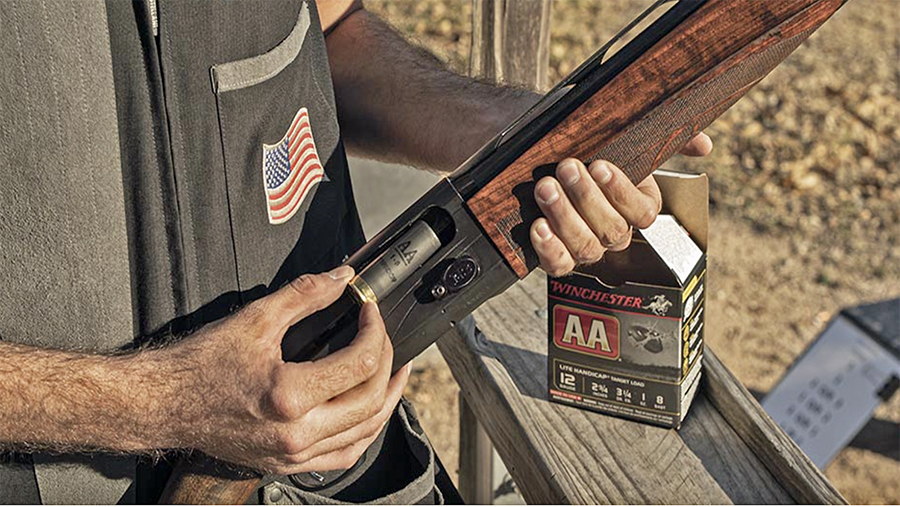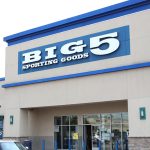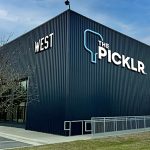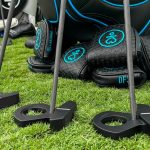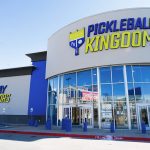Olin Corp. reported earnings in its Winchester Ammunition segment fell sharply in the second quarter due to lower commercial ammunition shipments and pricing, as well as higher raw material costs, including propellant and commodity metal costs.
Earnings fell 64.4 percent to $25.0 million compared to $70.3 million in the second quarter 2024. The second quarter included depreciation and amortization expenses of $7.9 million, compared to $8.3 million in the same quarter a year ago.
Transitioning to segment revenues, Winchester Ammunition’s revenues rose 10.2 percent in the second quarter to $447.6 million as higher military sales and military project revenue offset lower commercial ammunition sales.
For the first six months, earnings at the Winchester Ammunition segment declined 66.4 percent to $47.8 million from $142.5 million. Sales improved 2.5 percent to $835.6 million from $815.4 million.
Companywide, Olin reported a net loss of $1.3 million, or 1 cent per share, in the second quarter, compared to a net income of $74.2 million, or 62 cents per share, in the second quarter of 2024. Second quarter 2025 adjusted EBITDA of $176.1 million compares with $278.1 million a year ago. Sales rose 7.0 percent to $1,758.3 million.
In its other segments, sales for the second quarter of Chlor Alkali Products and Vinyl’s were $979.5 million, up 6.4 percent compared to $920.3 million in the second quarter of 2024. Segment earnings declined 34.6 percent to $64.9 million, primarily due to lower pricing, primarily ethylene dichloride (EDC), and higher operating costs, including planned maintenance turnaround expenses.
Epoxy sales for the second quarter were $331.2 million, compared to $317.7 million. Meanwhile, the segment loss was $23.7 million, compared to a segment loss of $3.0 million in the second quarter 2024. The bigger loss was primarily due to higher operating costs, including planned maintenance turnaround expenses, as product margins were comparable year over year.
Ken Lane, Olin’s president and chief executive officer, said, “During the second quarter, our Chlor Alkali Products and Vinyls business saw seasonal demand improvement in a continued challenging market environment. Despite weak global demand, Olin remains disciplined and focused on leveraging its leading, integrated chlor-alkali position to maximize value, as evidenced by our stability in Electrochemical Unit (ECU) values. During the quarter, we experienced several operational challenges that resulted in higher costs, offsetting solid commercial performance.
“In our Epoxy business, global demand remains subdued, and our U.S. and European business remains significantly challenged by subsidized Asian competition. We continue to leverage our chlor alkali integration value, prioritize ongoing structural cost reduction efforts and growth in our formulated solutions business.
“For Winchester, our defense business continues to grow with sequentially higher domestic and international military ammunition and military project sales. Conversely, commercial sales continue to face challenges, as consumer discretionary spending is impacted by broad economic factors and customers continue to destock, with no indication of near-term relief. Rising raw material costs and a highly competitive environment have exacerbated this challenging demand backdrop, resulting in weak pricing.”
Regarding Olin’s third quarter outlook, Lane commented, “With continued challenging markets, potential higher costs and general uncertainty related to tariffs, we expect Olin’s third quarter 2025 adjusted EBITDA to be in the range of $170 million to $210 million. We remain committed to a disciplined capital allocation approach, focused on maximizing cash generation, supported by our strong financial foundation.”
Image courtesy Winchester Ammunition

